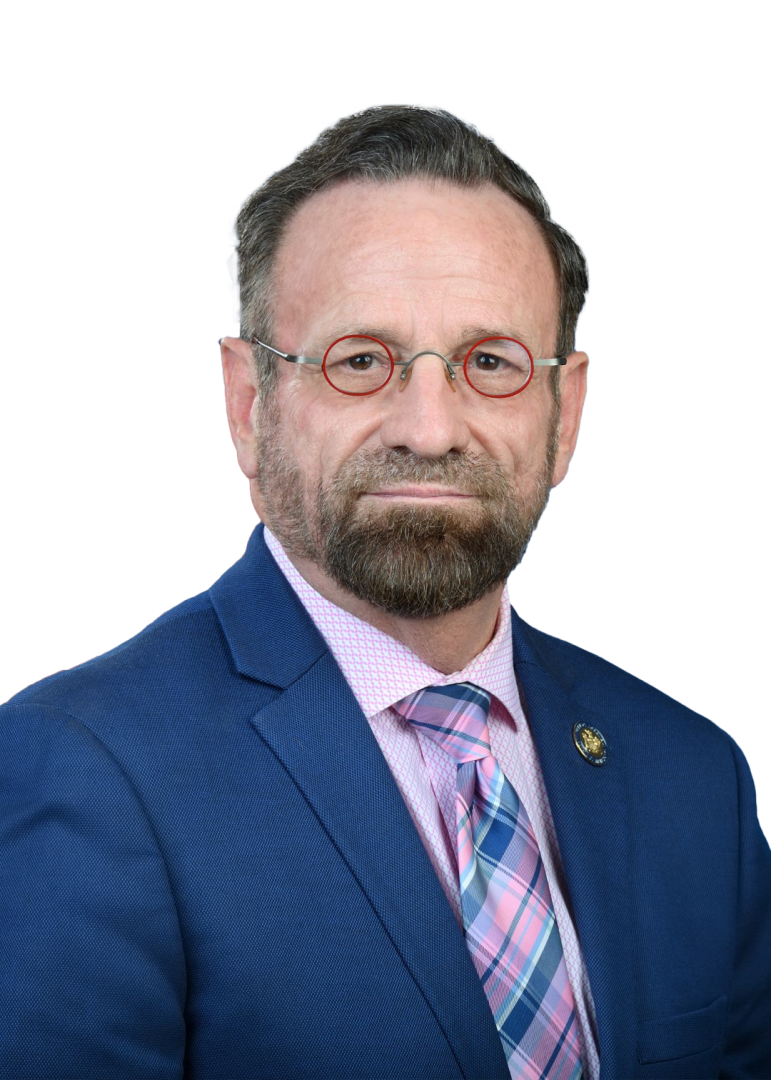Assemblymember Bronson: Climate Protection Law Essential to Protect Our Planet’s Future
Albany, NY – Assemblymember Harry Bronson announced his sponsorship, vote for, and the passage of, the New York State Climate Leadership and Community Protection Act, which would reduce greenhouse gas emissions, implement the state’s renewable energy goals for 2030, support disadvantaged communities and invest in green energy projects that pay prevailing wages (A.8429). The measure has also passed the Senate and the governor is poised to sign it into law.
“Despite what the federal administration may think, climate change is a very real threat with very real consequences,” Bronson said. “Almost every day, a new report is released showing the harm that greenhouse gases have on our environment, and we’re seeing the effects of extreme weather events all too often. Future generations are relying on us to enact change so they can inherit a planet not choked by pollution and harmful chemicals, and it’s not far-off generations – it’s kids right now who are facing an uncertain environmental future. We need to start fixing this immediately.”
Carbon dioxide and other human-made emissions are the largest cause of global temperature rise, with most of the warming occurring in the past 35 years and 2016 being the warmest year on record. The result has been warming oceans, shrinking ice sheets, rising sea levels and glacial retreat.[1] This has had a significant impact on weather patterns across the country, from increased heavy precipitation to more dangerous droughts and heatwaves, as well as stronger hurricanes.[2] Climate change also puts already endangered species at risk of extinction and puts others at risk of endangerment, threatening their habitats as well as their breeding and migration patterns.[3]
The legislation sets several goals to combat climate change, including reducing greenhouse gas emissions by 85% by 2050, requiring that 70% of electricity be produced by renewable energy systems by 2030 and requiring 100% of the state’s electricity to be produced without emissions by 2040. The measure tasks the state Department of Environmental Conservation (DEC) with establishing and implementing statewide greenhouse gas emissions limits, as well as with promulgating regulations to achieve this goal. Additionally, it would establish and implement easily replicated renewable energy projects, such as solar arrays, heat pumps and wind turbines, in public low-income housing statewide.
To further ensure New York is on track with its goals and help determine how best to achieve them, the legislation would establish the New York State Climate Action Council, which would consist of 22 experts, including leaders from relevant state agencies, environmental justice advocates and labor and industry representatives. The measure also helps ensure that employees who work on these projects, such as construction workers, are treated fairly by requiring they be paid a prevailing wage.
Historically and tragically, disadvantaged communities have faced a disproportionate amount of pollution and contamination, from polluting factories and waste sites in communities of color to occupational health hazards for low-income communities.[4] To remedy this, the legislation requires the DEC to investigate and produce a report on the barriers to and opportunities for renewable energy projects, energy efficiency, weatherization investments – including to homes and local infrastructure – and low-emission transportation options in disadvantaged communities. The measure would also set aside 35% of clean energy and energy efficiency funds to invest in these projects. Additionally, a Climate Justice Working Group will be tasked with establishing criteria to identify disadvantaged communities and will be required to meet annually. The Climate Action Council will then be required to hold at least six regional public hearings on the group’s draft criteria and draft list of disadvantaged communities and ensure there’s meaningful opportunity for public comment.
Bronson has prioritized the health and safety of our planet and helped pass sweeping legislation to safeguard public health and protect our environment in recognition of Earth Day earlier this year. The legislative package included measures to ensure all New Yorkers have access to clean air and water, disadvantaged communities aren’t unfairly targeted by projects with environmental hazards and our families are protected from harmful chemicals (A.2064, A.1779, A.2477-B, A.2501-A, A.6296-A). The package also helps maintain New York’s water supply and protects vulnerable species (A.2286, A.6600).
Further, the Assembly passed a state budget that adds $500 million in funding for the Clean Water Infrastructure Act and bans single-use plastic bags statewide, as well as a measure to ban offshore oil and gas drilling in our state’s coastal waters (Ch. 58 of 2019, Ch. 29 of 2019).
____________________________________
[1] climate.nasa.gov/evidence
[4] sciencedirect.com/topics/earth-and-planetary-sciences/environmental-justice
